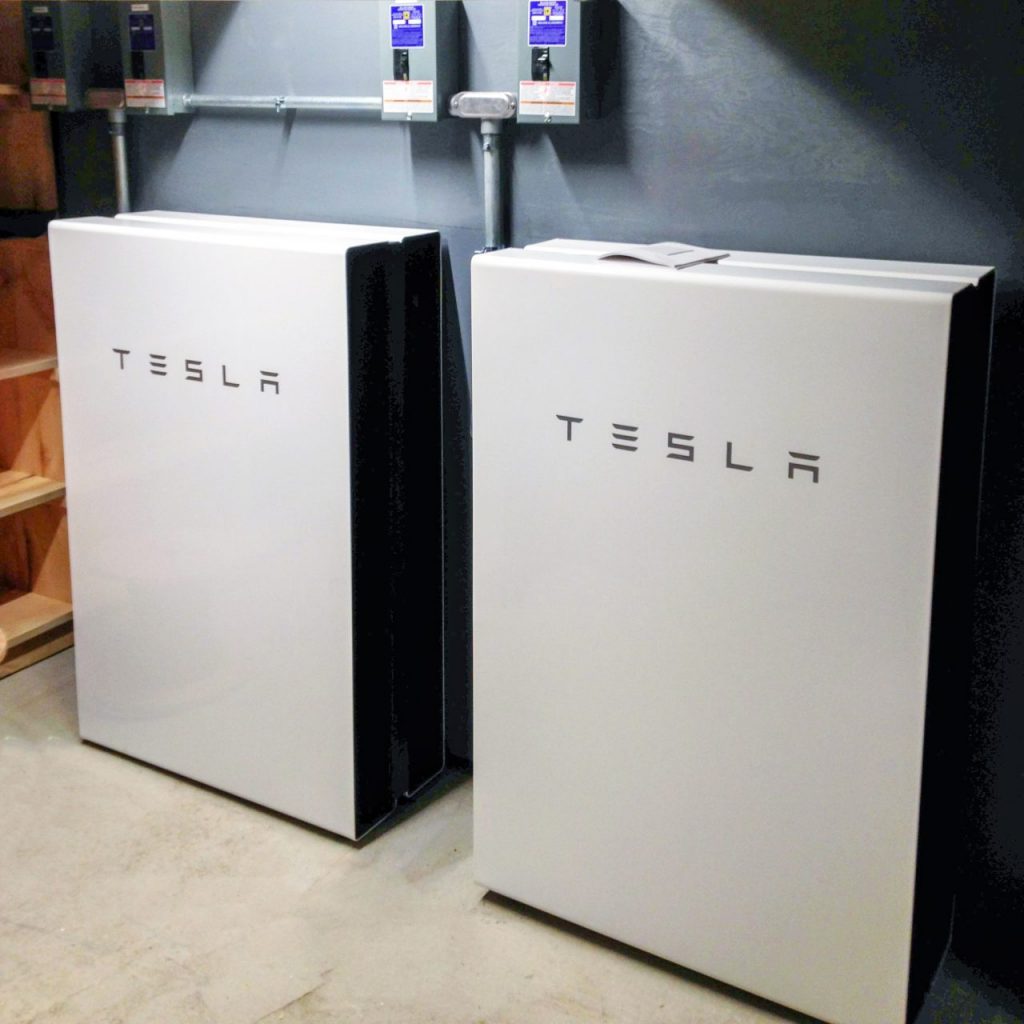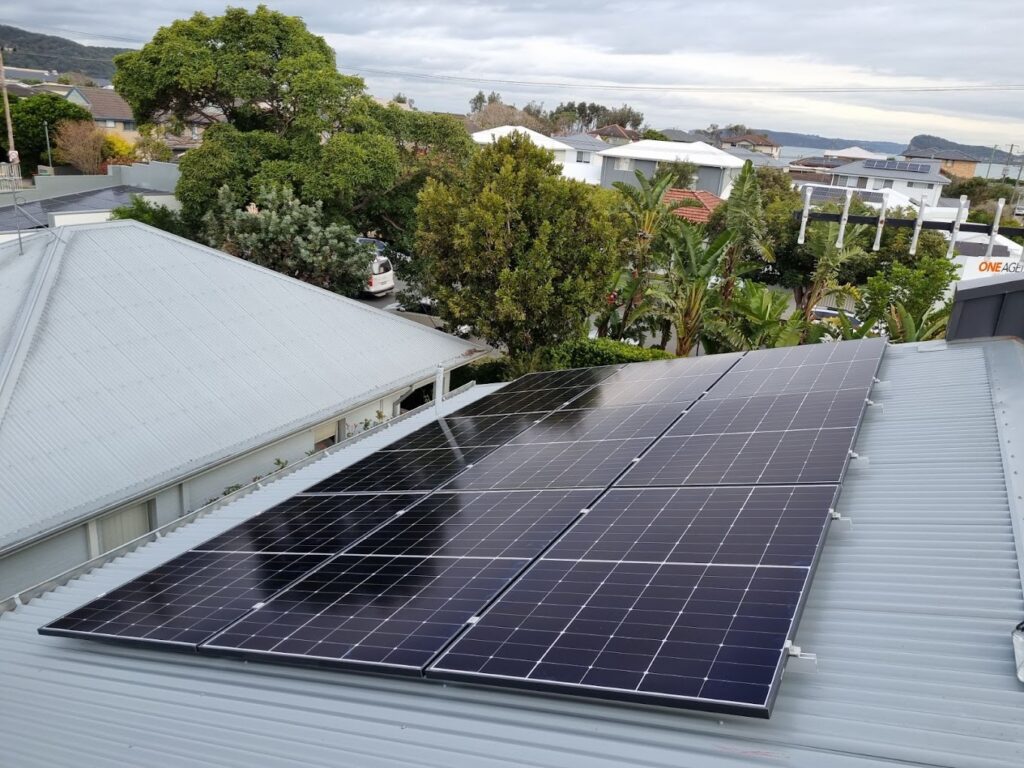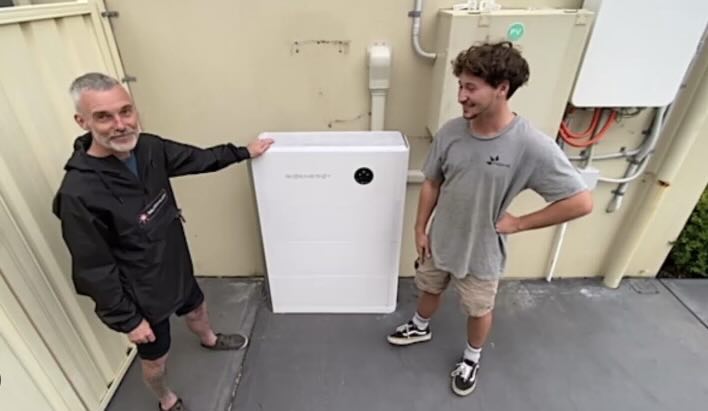
Australia’s energy landscape evolves rapidly, and Virtual Power Plants (VPPs) emerge as a game-changer for homeowners. By linking solar batteries to the grid, VPPs offer a smart way to save on power bills while supporting renewable energy. This guide explores what VPPs are, their financial benefits, how to join, and why 2025 is the perfect time to act.
What Is a Virtual Power Plant?
A Virtual Power Plant in Australia connects home batteries to create a shared energy network. Instead of each battery operating alone, VPP software coordinates them to supply power during peak demand. For instance, batteries charge with cheap solar energy during the day and discharge to the grid at night, earning payments. Consequently, VPPs stabilize the grid and reduce fossil fuel reliance. Over 4 million Australian homes have solar, and batteries are the next frontier.
Why VPPs Matter in 2025
Electricity prices continue climbing, with a 20% rise in NSW and Queensland since 2023. Meanwhile, feed-in tariffs plummet—Victoria’s 2025–26 rate is just 0.04 cents/kWh. As a result, exporting solar energy yields little. However, VPPs turn batteries into revenue sources. For example, programs like AGL’s VPP pay $0.20–$2/kWh for shared energy, potentially saving $500–$1,000 yearly. Thus, VPPs offer a lifeline for solar battery savings.

Financial Benefits of Joining a VPP
Participating in a Virtual Power Plant in Australia delivers multiple advantages:
- Bill Savings: Batteries store cheap solar energy, reducing grid purchases at 26–35 cents/kWh.
- VPP Payments: Energy retailers pay for grid contributions, with rates up to $2/kWh during peaks.
- Battery Rebates and Loans: NSW offers $1,600–$2,400 battery rebates, while Victoria provides $2,950 and $8,800 loans. Additionally, VPPs enhance energy security during blackouts. Therefore, homeowners gain both savings and reliability.
How to Join a Virtual Power Plant
Starting with a VPP requires a few steps. First, install a compatible battery, like Tesla Powerwall or Sungrow. Next, choose a VPP-ready retailer, such as AGL, EnergyAustralia, or Amber Electric. For instance, Amber’s SmartShift optimizes battery exports, earning up to $500 annually. Then, ensure your home has a smart meter for real-time tracking. Finally, enroll in a VPP program, often with no upfront cost. Consequently, setup is straightforward for solar households.
Battery Rebates and Incentives in 2025
Government support fuels VPP growth. In 2025, federal Small-scale Technology Certificates (STCs) cut solar costs by $2,000–$2,800 for a 6.6kW system. Moreover, state programs boost battery adoption:
- Victoria: $2,950 rebates and $8,800 loans via Solar Homes.
- NSW: $1,600–$2,400 under the Peak Demand Reduction Scheme.
- Western Australia: $7,500 battery rebates from July 2025. However, STC values drop 7–8% in 2026, making 2025 ideal for installation. Thus, acting now maximizes solar battery savings.

Is Your Home Ready for a VPP?
Most solar homes suit VPPs, but requirements exist. A 5–13kWh battery, costing $5,000–$15,000 after rebates, is essential. Additionally, compatible inverters and VPP software ensure seamless grid connection. For example, SolarEdge and Enphase integrate with AGL’s VPP. Furthermore, homes with high daytime solar production benefit most. Therefore, consulting a licensed installer confirms eligibility.
Does VPP Participation Harm Batteries?
Concerns about battery wear arise, yet VPPs pose minimal risk. Smart software limits discharge to 15–20%, preserving battery health. For instance, a 2024 study found only 0.2% annual degradation from VPP use. Moreover, warranties (8–10 years) cover performance. Consequently, batteries remain durable, lasting 10–15 years with proper care.
Market Trends and Uptake in 2025
Australia’s battery market thrives, with 57,000 installations in 2024 and 2025 on track to match. VPP enrollment grows, with AGL’s network at 5,000 homes and Amber’s at 1,200. Compared to the 250,000 annual solar average, VPP uptake is above average, driven by $387 million in state funding. However, only 2% of solar homes have batteries, indicating vast potential. Thus, VPPs are far from saturation.

Government Support and Future Outlook
Governments prioritize batteries over solar panels, as seen in Western Australia’s $7,500 rebate. This shift, noted in 2025 policies, addresses grid stability as solar floods daytime markets. For example, NSW targets a 70% emissions cut by 2035, with VPPs as a cornerstone. Looking to 2026, rebates may focus on VPP-ready systems, tightening standards. Therefore, joining now secures higher incentives.
Final Thoughts
Virtual Power Plants in Australia offer a smart way to save on power bills in 2025. By leveraging batteries, VPPs deliver savings, payments, and green energy benefits. With generous rebates and growing uptake, now is the time to act. For tailored advice, request a free battery quote from Solar Choice or explore retailers like Amber Electric. Start your VPP journey and cut costs today.